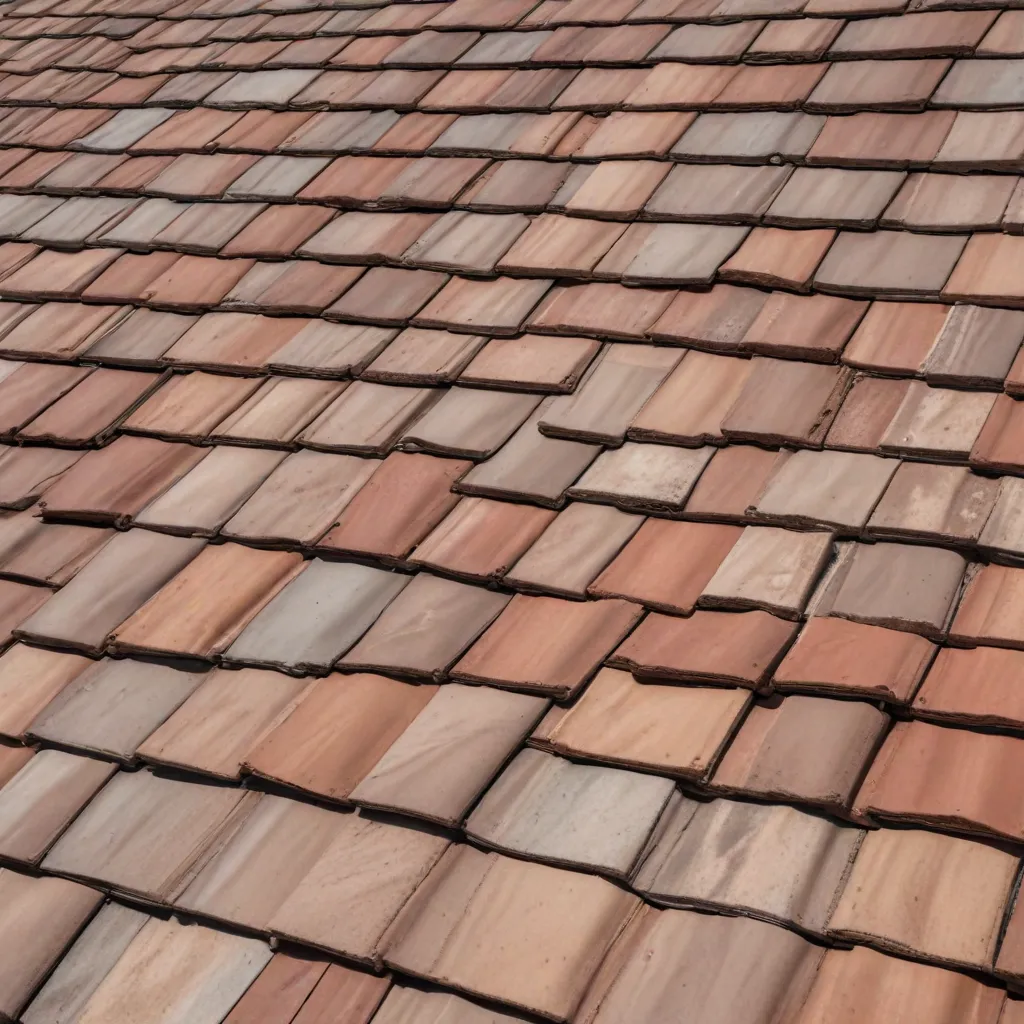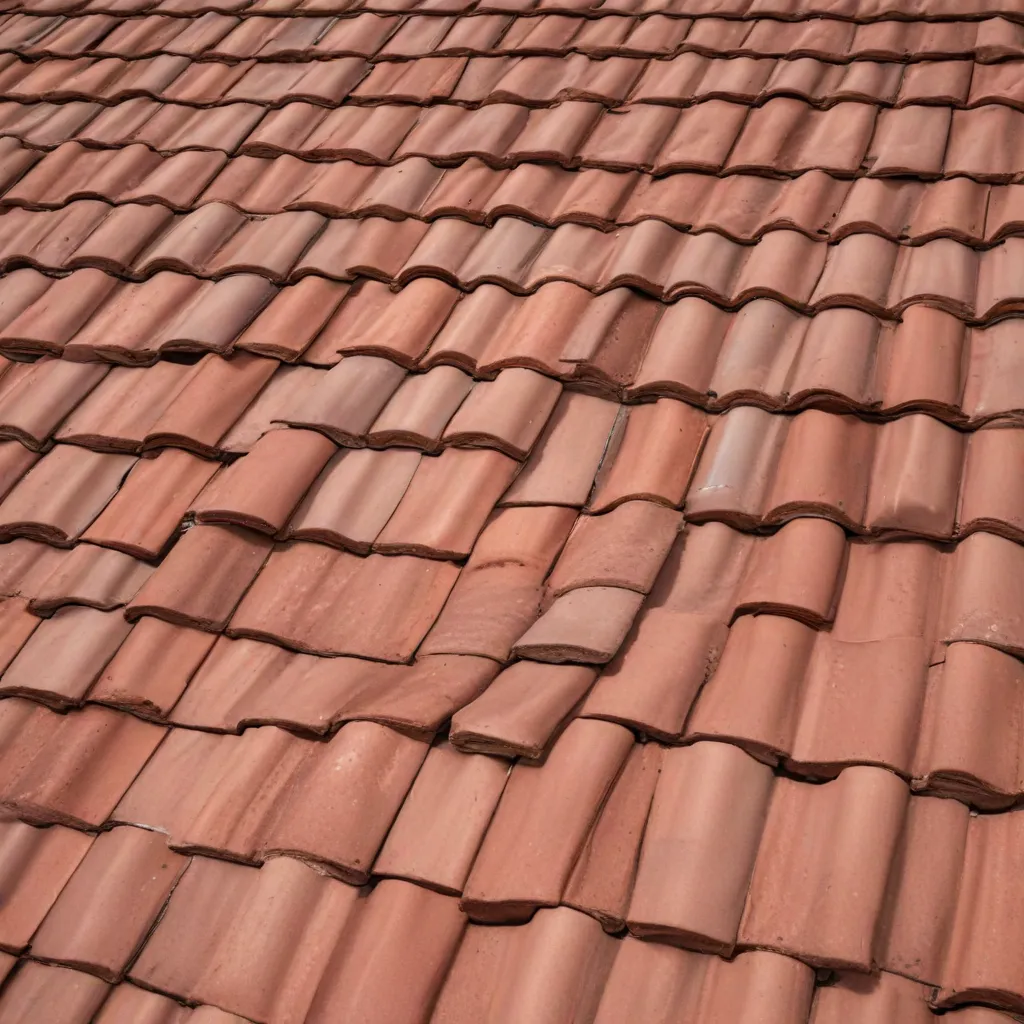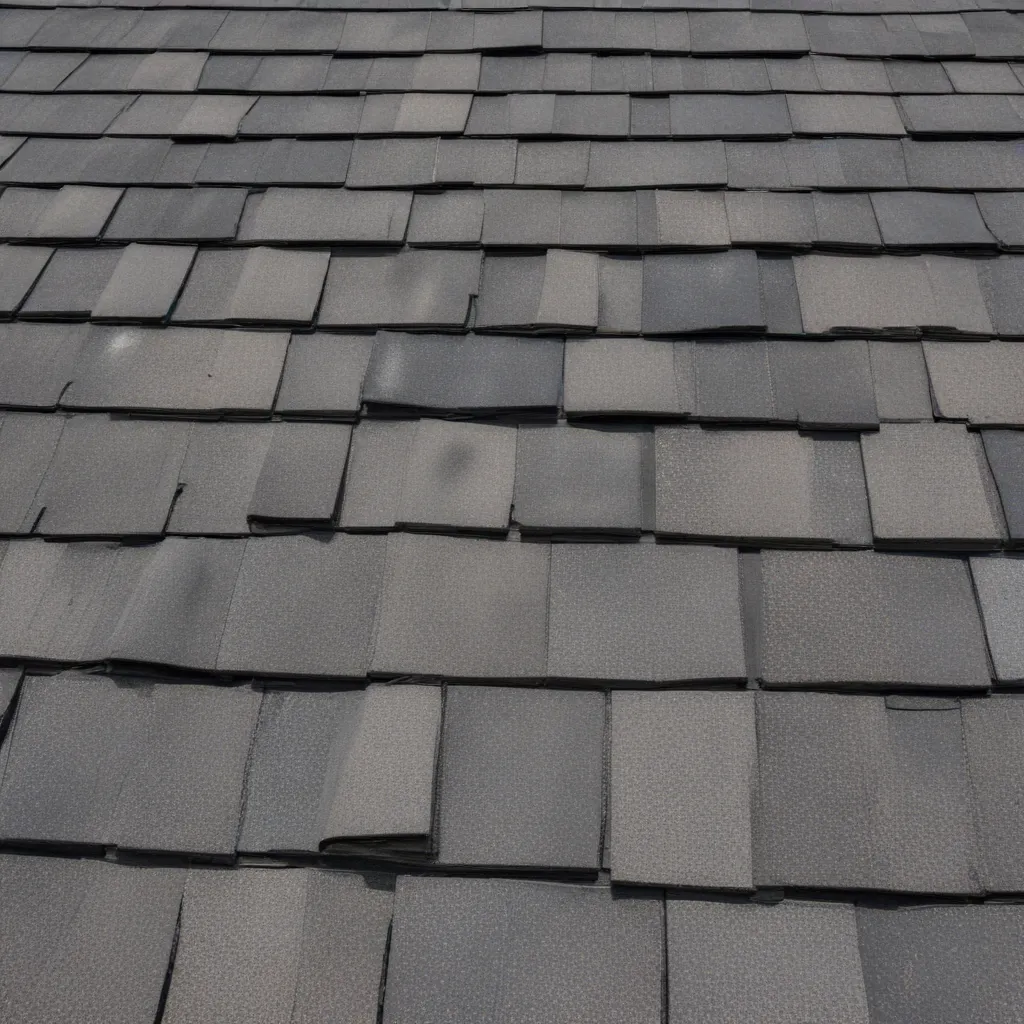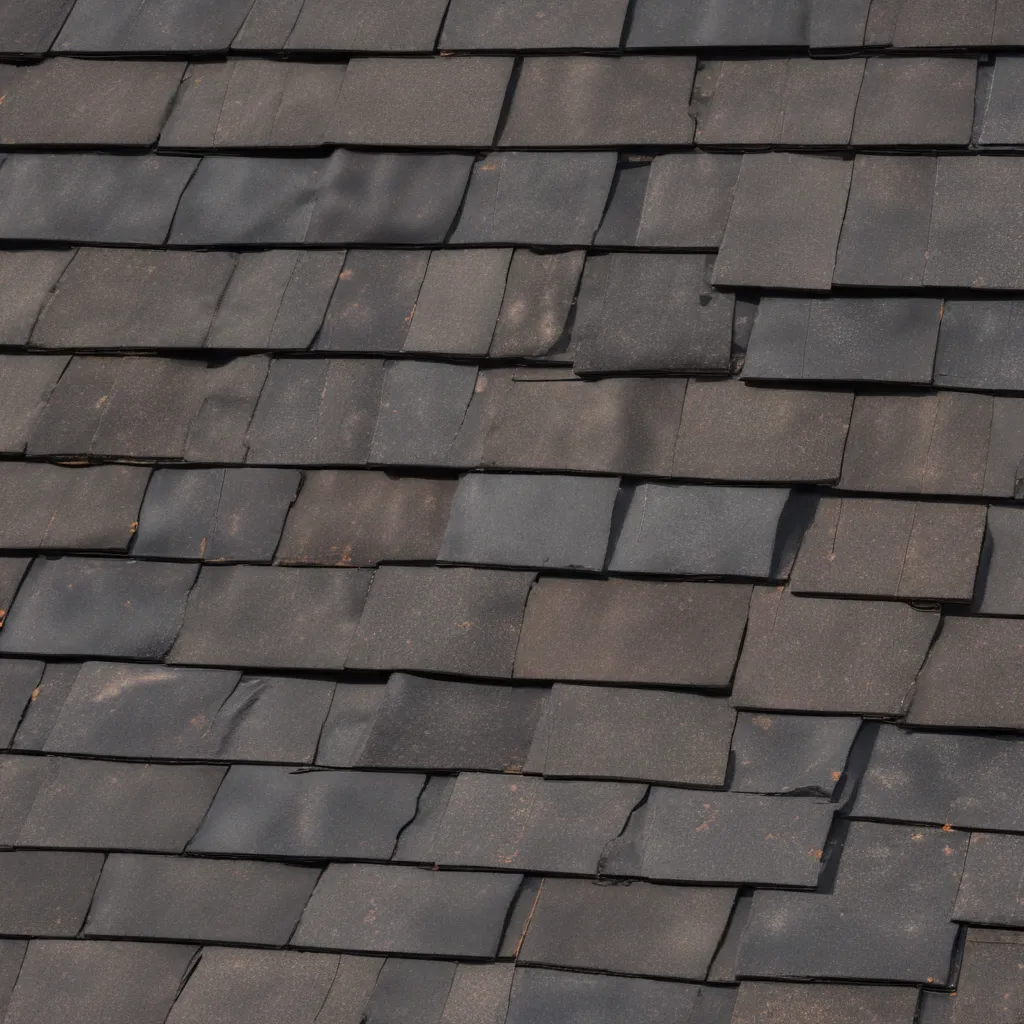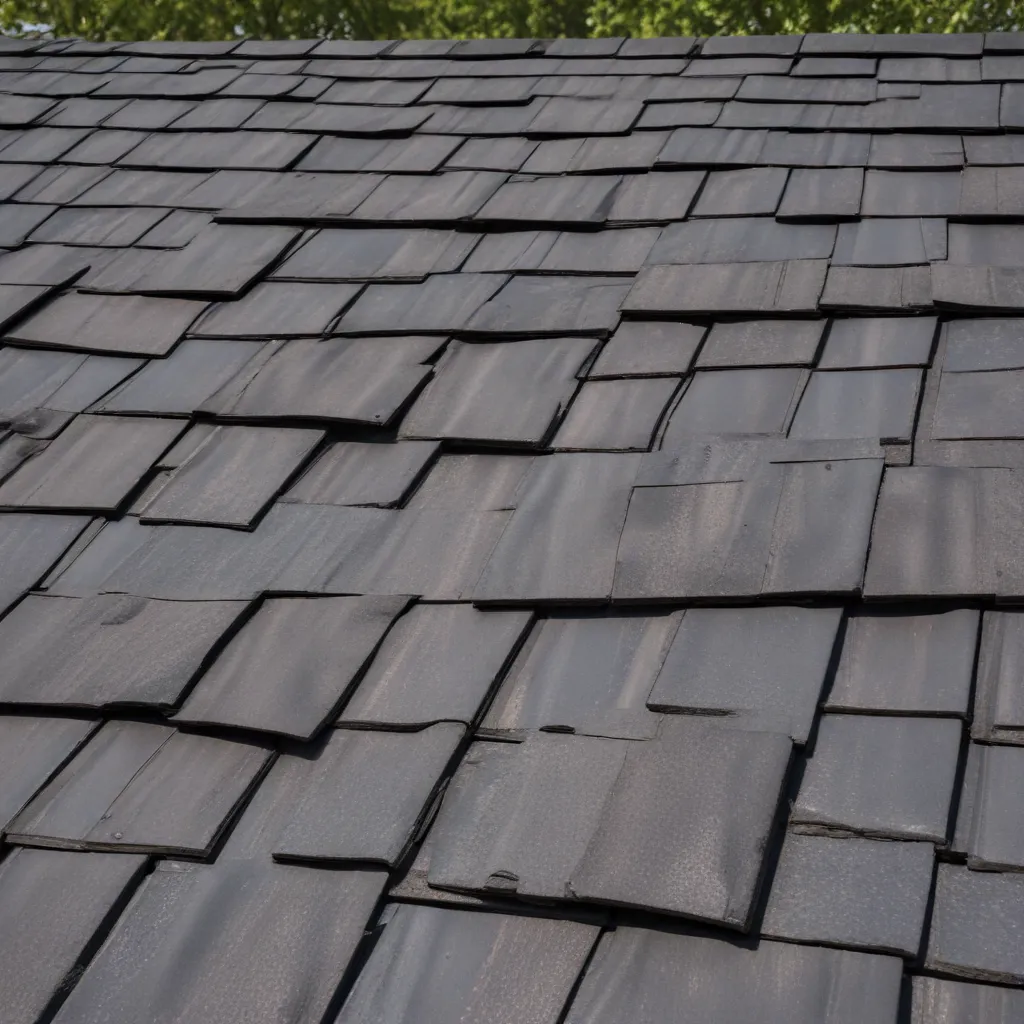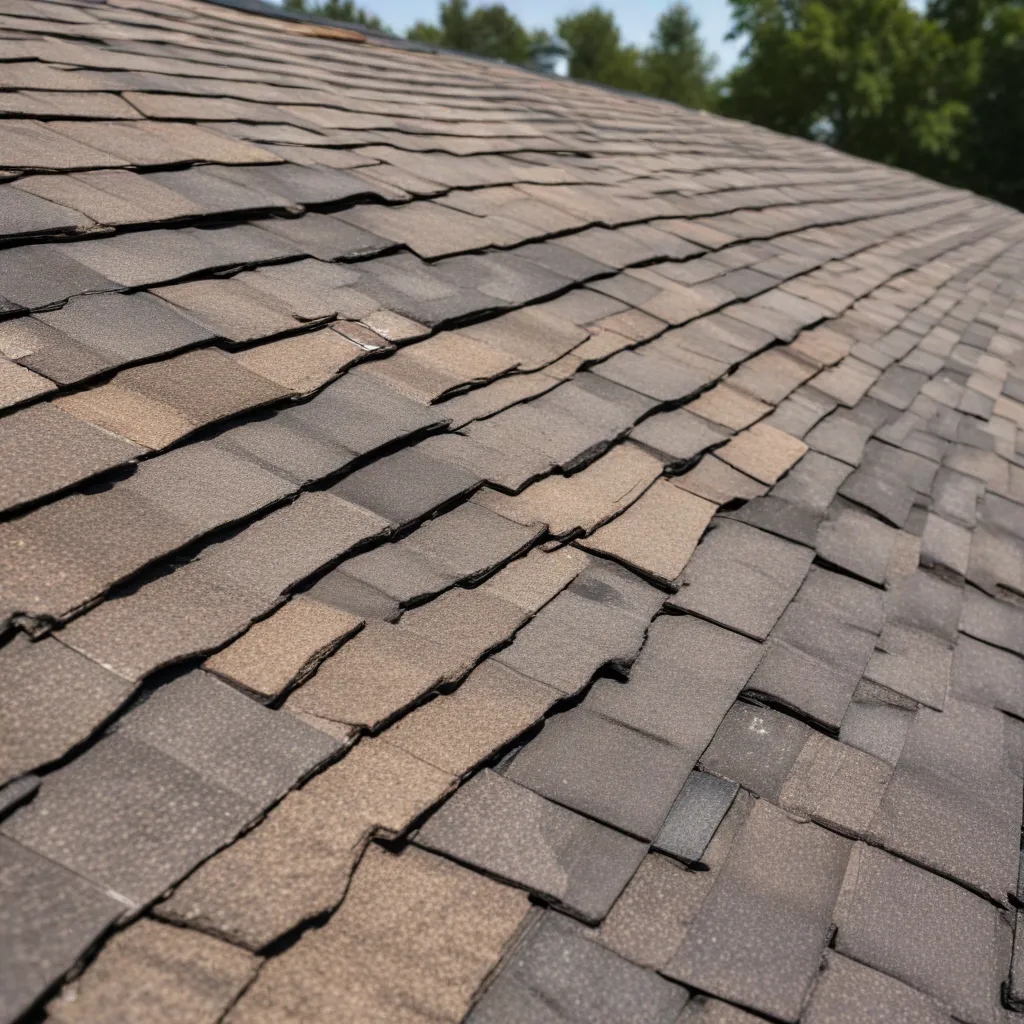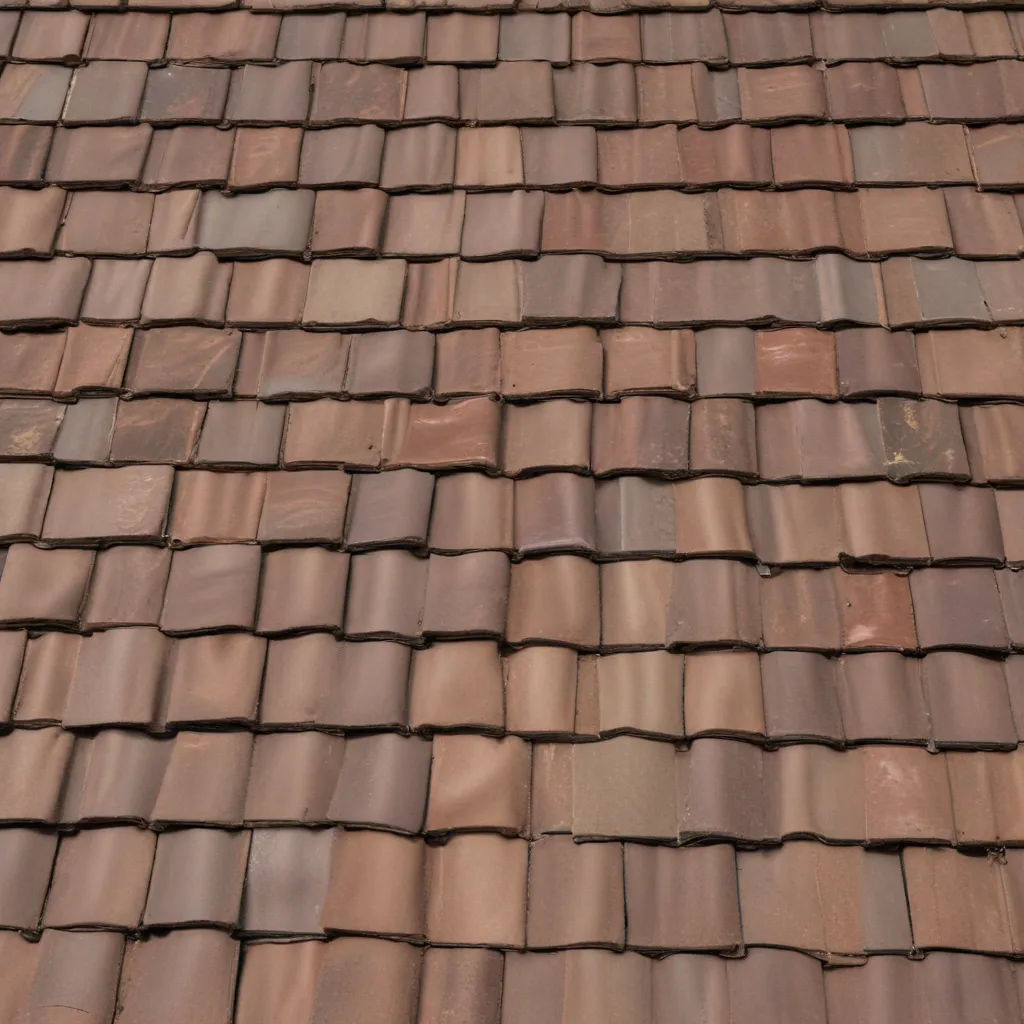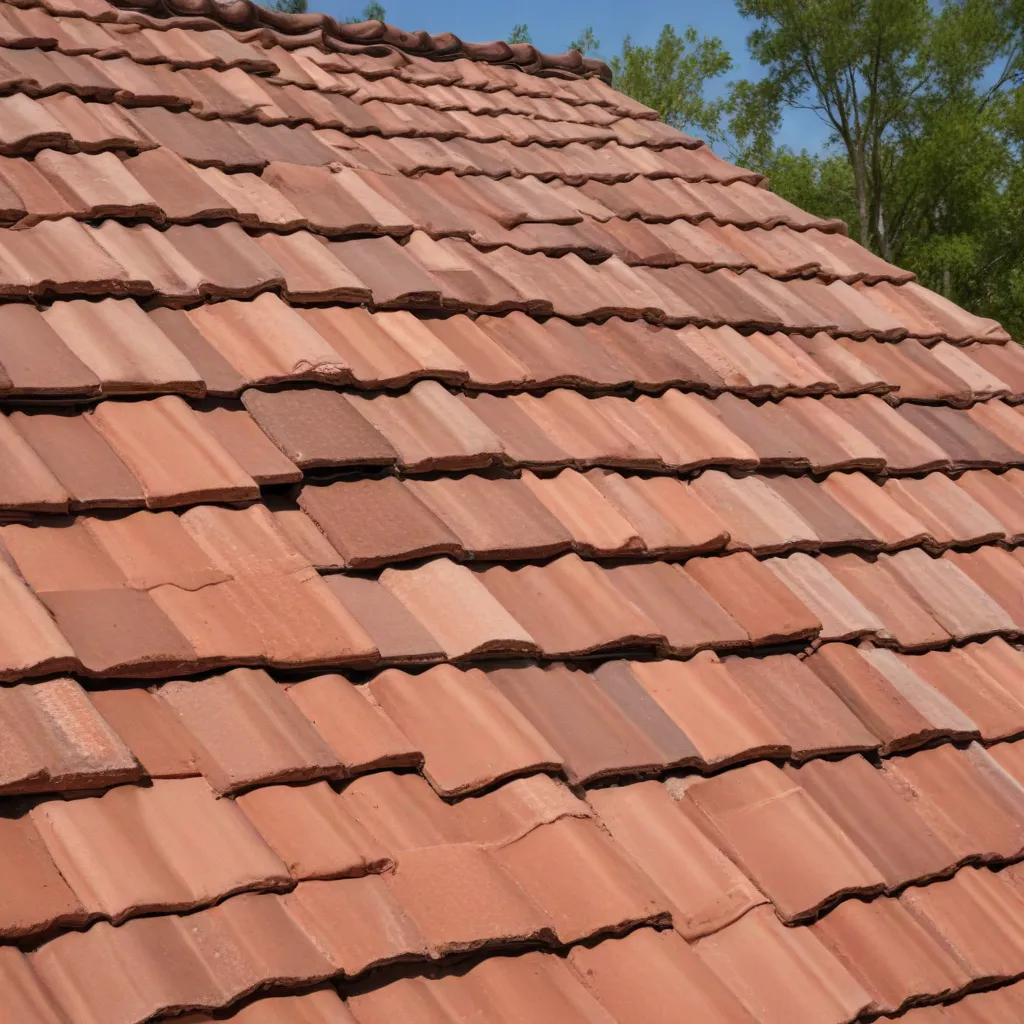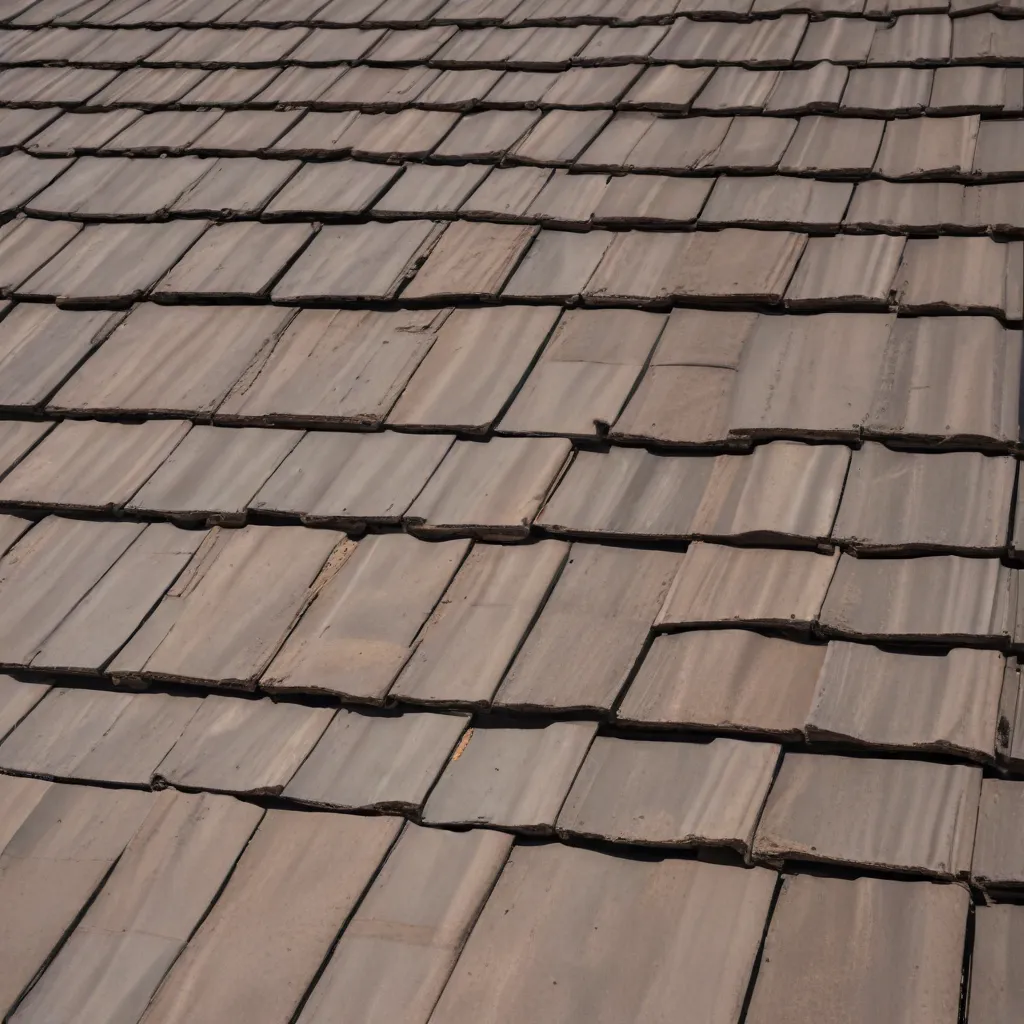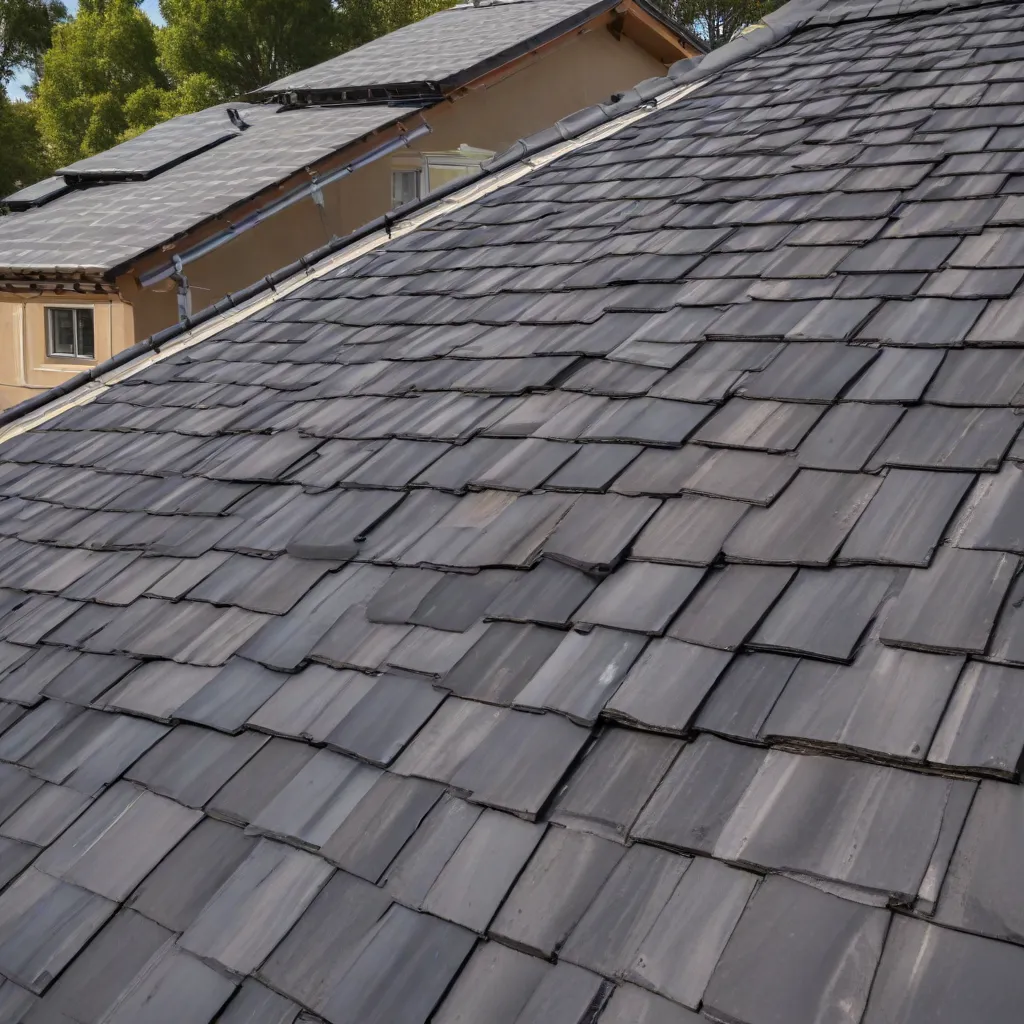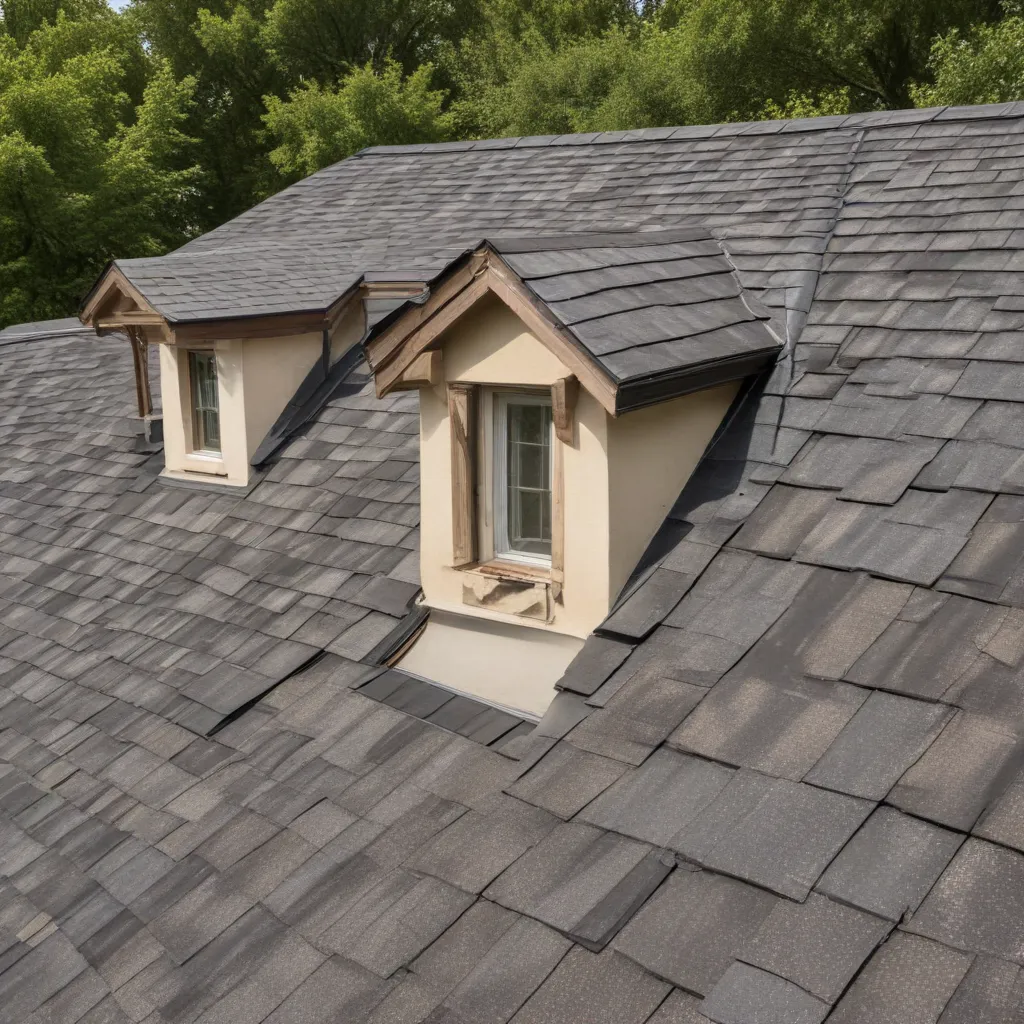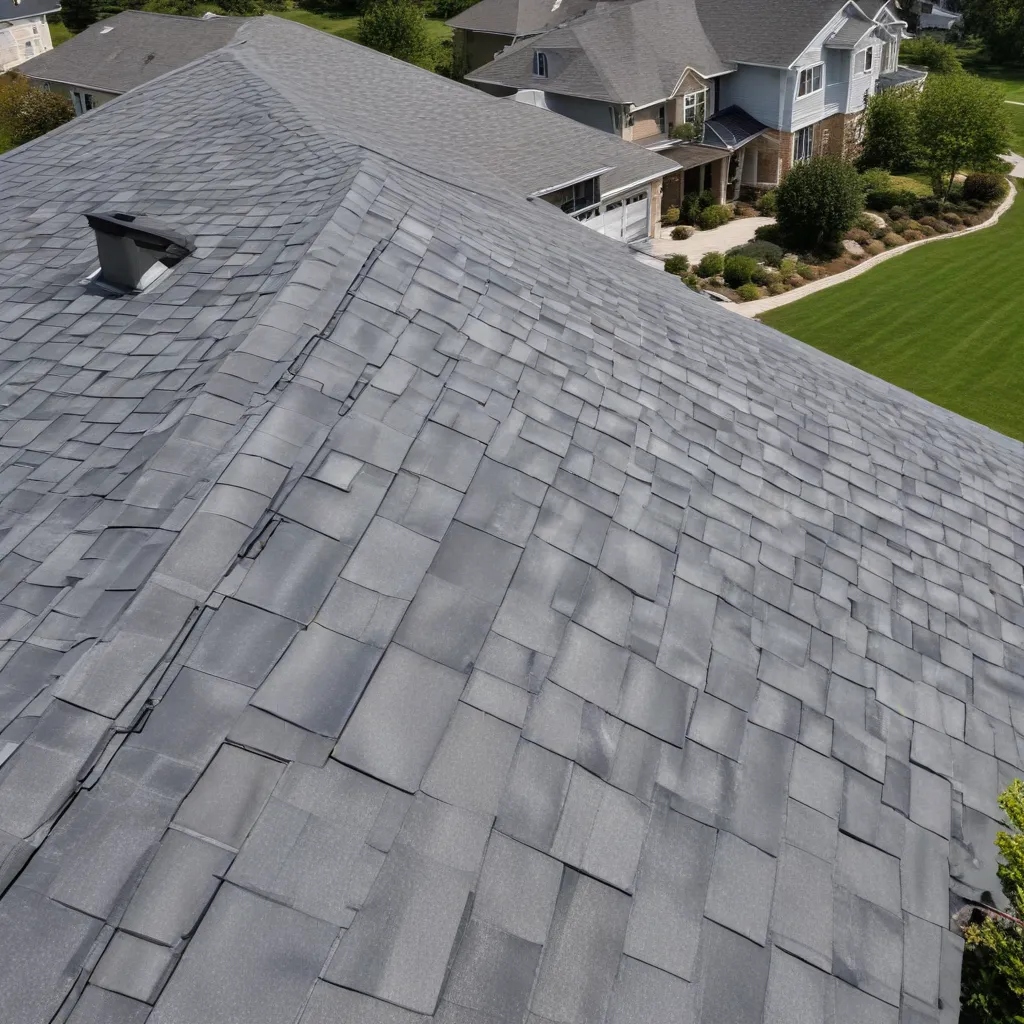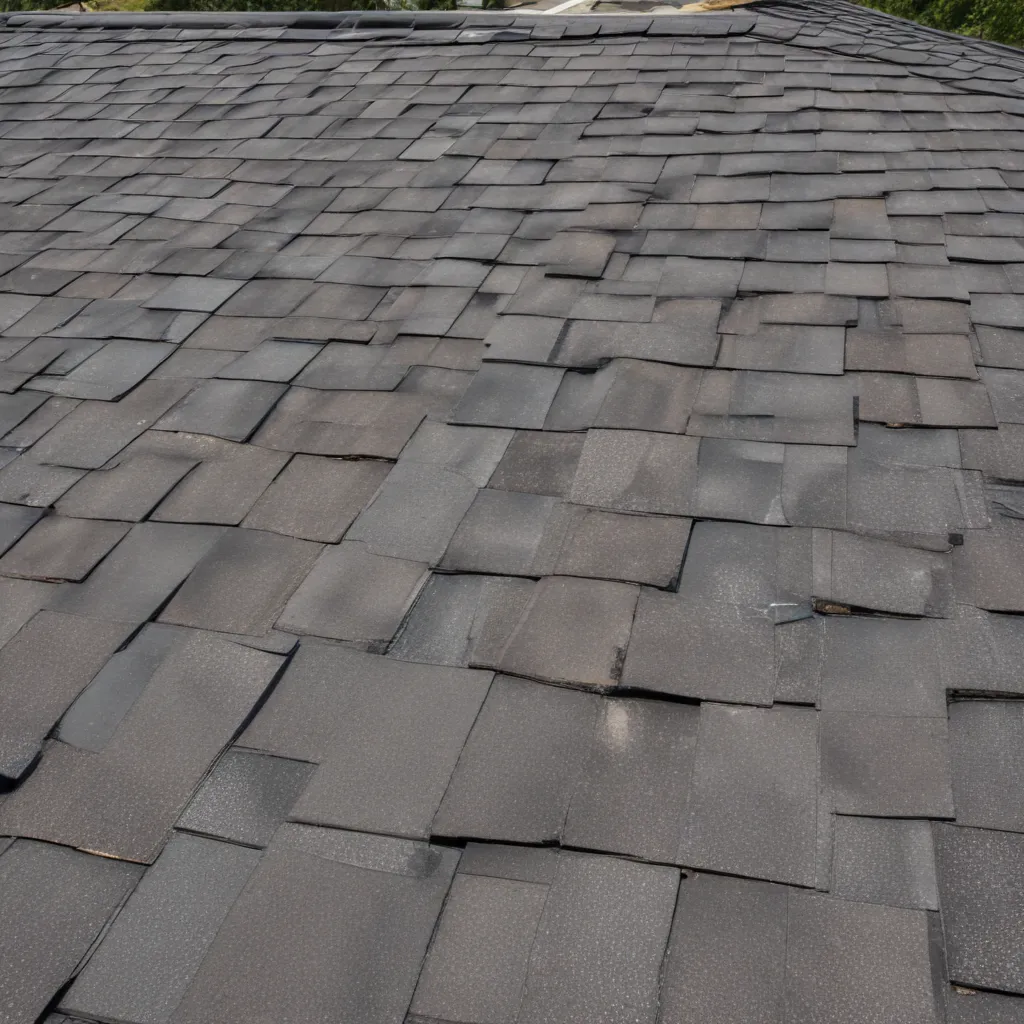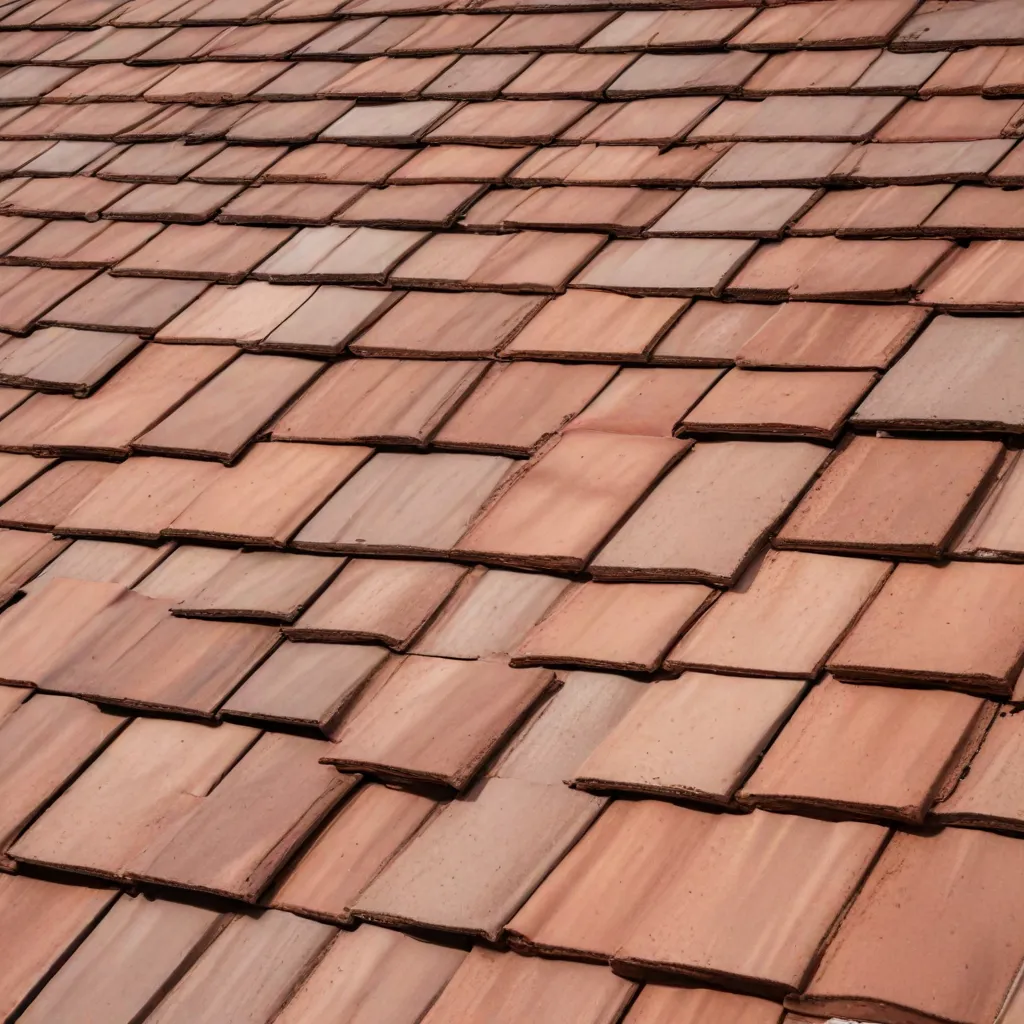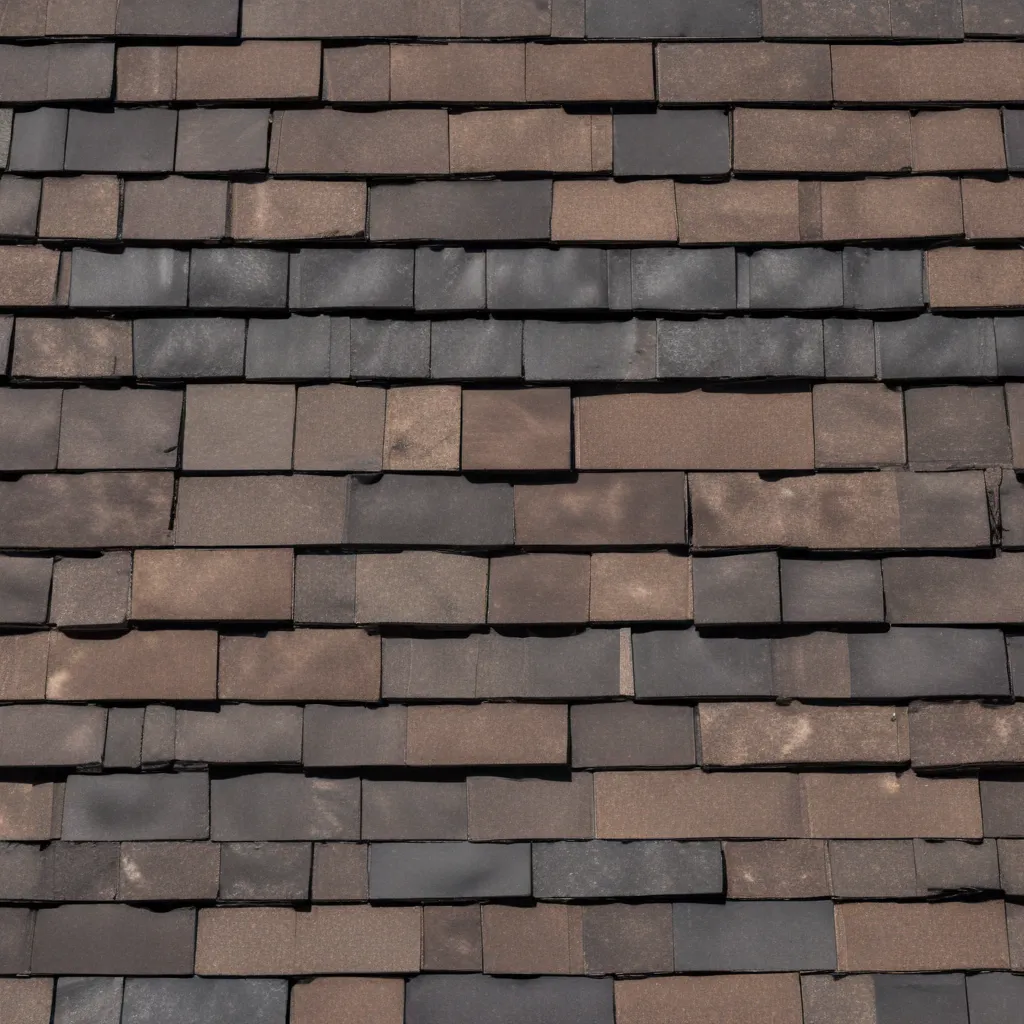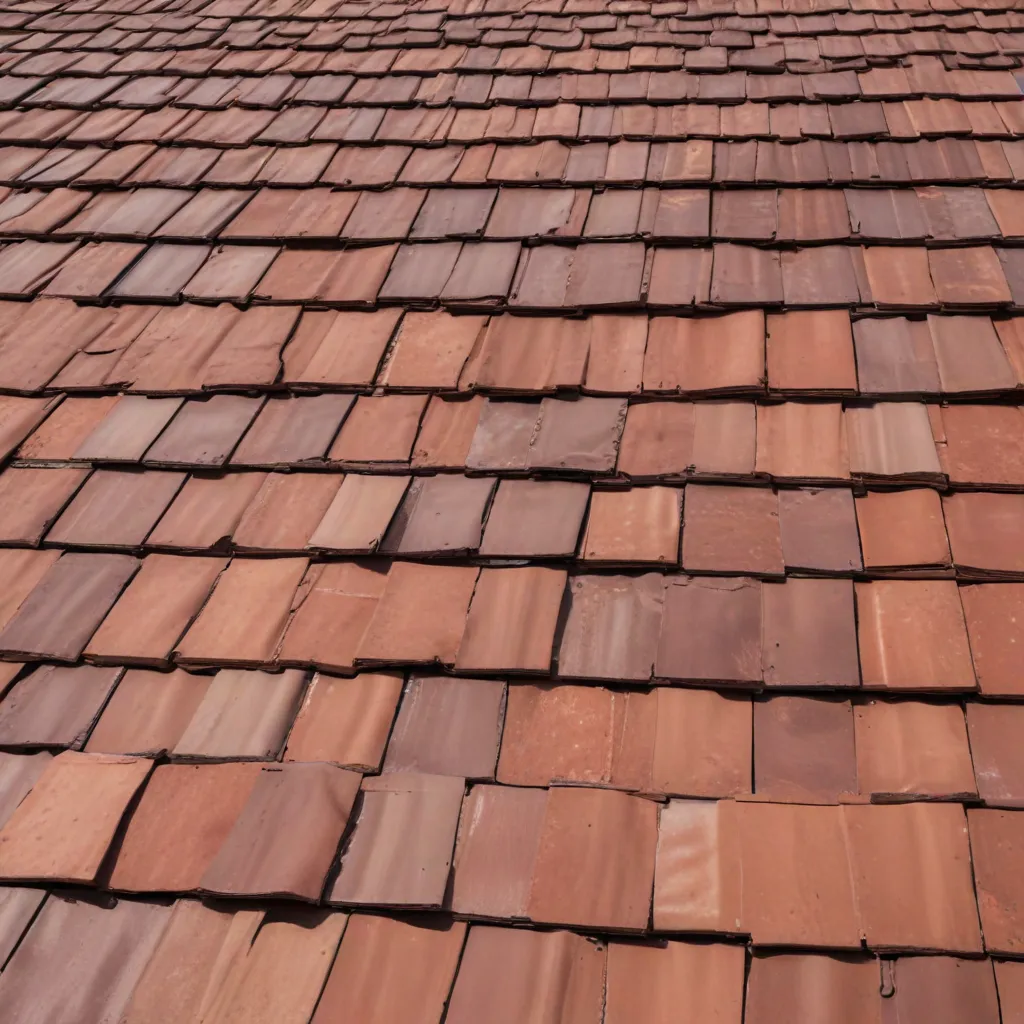When it comes to home improvement projects, one task that often requires extra caution is DIY roofing. Whether you’re repairing a leak or replacing an old roof, working on your roof alone can be challenging and potentially dangerous. However, with the right knowledge and safety measures in place, you can successfully complete your roofing project while ensuring your well-being. In this comprehensive guide, we will walk you through the essential steps and precautions to take when working alone on your roof. By following these guidelines, you can stay safe and achieve professional-grade results.
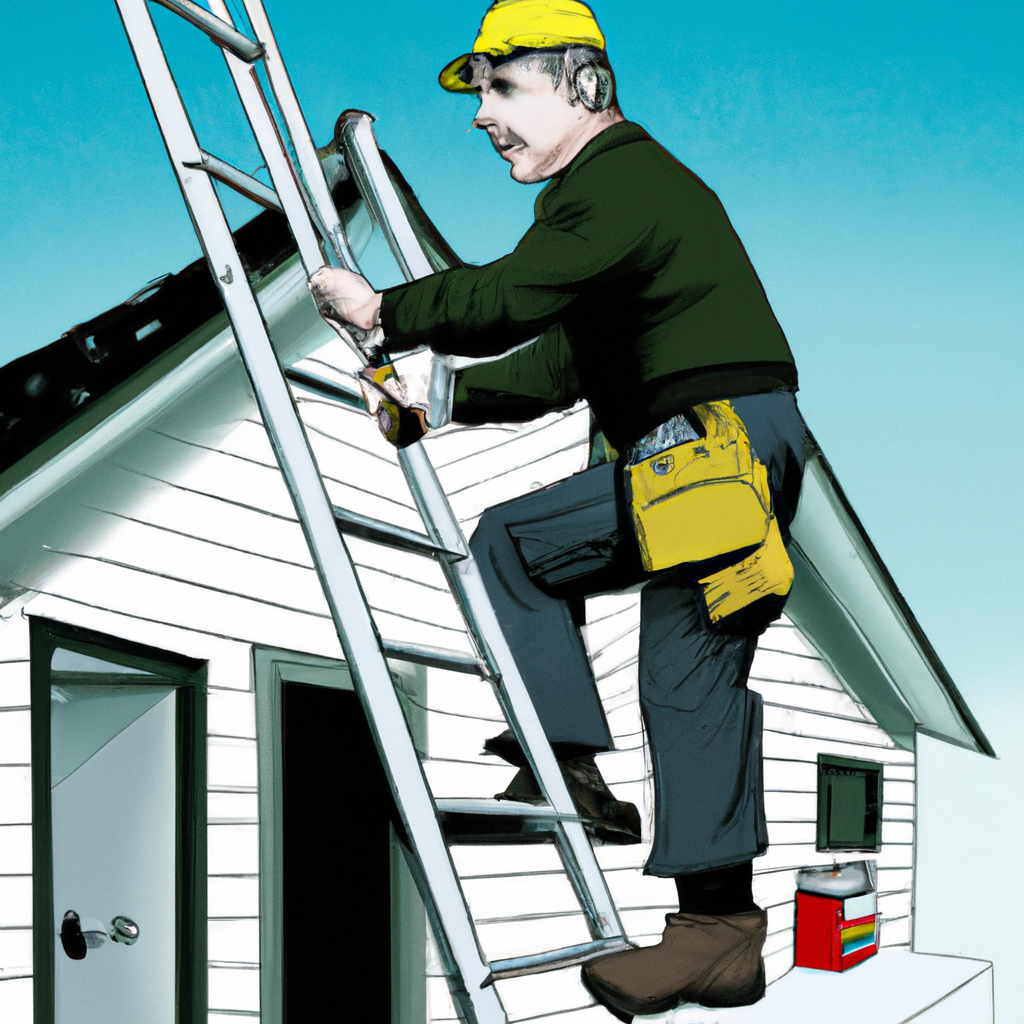
Understanding the Risks
Before diving into the specifics of DIY roofing safety, it’s crucial to recognize the potential risks involved. Working on a roof alone presents various hazards that can lead to accidents and injuries if not properly addressed. Some of the common risks include:
- Falls: Roofs are elevated surfaces, and falling from heights can result in severe injuries or even fatalities. Without proper safety measures, the risk of falling increases significantly.
- Weather Conditions: Weather conditions such as strong winds, rain, or extreme heat can make roofing tasks more challenging and dangerous. These conditions can affect your stability and visibility, making accidents more likely to occur.
- Structural Instability: Roofs can deteriorate over time, leading to structural instability. Working on an unstable roof can increase the likelihood of accidents, especially when you’re alone and unable to receive immediate assistance.
- Tools and Equipment: Roofing projects require the use of various tools and equipment, such as hammers, nail guns, and ladders. Improper handling or malfunctioning tools can cause injuries, emphasizing the importance of proper usage and maintenance.
Now that we have a clear understanding of the potential risks, let’s dive into the essential safety measures and precautions to ensure your well-being while working on your roof alone.
Safety Measures for DIY Roofing
1. Planning and Preparation
Before starting any roofing project, thorough planning and preparation are essential to ensure a safe and successful outcome. Here are some key steps to follow:
- Assess the Project: Evaluate the scope of your roofing project and determine whether it’s within your capabilities. If the project seems too complex or beyond your skill level, it’s best to consult a professional roofer.
- Gather Information: Research and educate yourself on the specific roofing materials, techniques, and safety guidelines relevant to your project. Understanding the process will help you make informed decisions and avoid accidents.
- Check Weather Conditions: Keep a close eye on the weather forecast. Avoid working on your roof during unfavorable conditions, such as rain, strong winds, or extreme heat. Inclement weather can compromise your safety and the quality of your work.
- Create a Checklist: Make a detailed checklist of all the tools, materials, and safety equipment you’ll need for the project. This will ensure you have everything necessary before you start working on your roof.
2. Personal Protective Equipment (PPE)
When it comes to DIY roofing, wearing appropriate personal protective equipment (PPE) is non-negotiable. Here’s a list of essential safety gear to minimize the risk of injuries:
- Safety Harness: Invest in a reliable safety harness and ensure it is properly secured to an anchor point. This will prevent falls and provide additional stability while working on your roof.
- Hard Hat: Protect your head from falling objects or accidental bumps by wearing a sturdy hard hat.
- Safety Glasses: Shield your eyes from debris, dust, or loose shingles by wearing safety glasses or goggles.
- Non-Slip Shoes: Wear non-slip shoes or boots with good traction to maintain stability on the roof’s surface.
- Gloves: Use durable gloves to protect your hands from sharp materials, hot surfaces, or chemicals.
- Protective Clothing: Wear long-sleeved shirts and pants made of durable materials to shield your body from potential scratches, cuts, or burns.
3. Ladder Safety
Using a ladder is often an integral part of accessing your roof. To ensure ladder safety, follow these guidelines:
- Choose the Right Ladder: Select a ladder that is appropriate for the height and type of your roof. Ensure it is in good condition, without any defects or damage.
- Positioning: Place the ladder on a stable and level surface, away from any hazards or obstacles. Consider using ladder stabilizers or standoffs for additional support and to prevent damage to your gutters.
- Secure the Ladder: Secure the ladder by tying it off or using ladder brackets to prevent it from slipping or shifting during use.
- Three-Point Contact: Maintain three-point contact when climbing the ladder – two hands and one foot, or two feet and one hand. This will provide stability and minimize the risk of falling.
4. Roof Inspection and Maintenance
Before starting any roofing work, it’s essential to perform a thorough inspection of your roof’s condition. Here’s what you need to do:
- Check for Structural Issues: Ensure your roof’s structural integrity by looking for signs of sagging, rotting, or weak spots. Address any structural issues before proceeding with your project.
- Clear Debris: Remove any debris, loose shingles, or branches that may pose a hazard while working on the roof. This will provide a safer and cleaner workspace.
- Secure Loose Materials: Check for loose roof materials, such as tiles or shingles, and secure them properly to prevent accidents caused by falling objects.
- Maintain Proper Ventilation: Adequate ventilation is crucial for your safety and the longevity of your roof. Ensure that vents and gutters are clean and functioning correctly.
5. Work Safely on the Roof
Once you’ve completed the necessary preparations, it’s time to start working on your roof. Here are some safety tips to follow during the actual roofing process:
- Move with Caution: Always be mindful of your movements and maintain a steady pace. Avoid sudden or jerky motions that could throw off your balance.
- Work in Dry Conditions: If possible, start your roofing project on a dry day to minimize the risk of slips and falls caused by wet surfaces.
- Use Proper Tools and Techniques: Familiarize yourself with the correct usage of roofing tools and techniques through research or guidance from professionals. Using tools incorrectly can lead to accidents or subpar results.
- Take Breaks: Roofing can be physically demanding work. Take regular breaks to rest, hydrate, and recharge. Fatigue can impair your judgment and increase the likelihood of accidents.
- Be Mindful of Heat: If you’re working on your roof during hot weather, protect yourself from heat-related illnesses by wearing lightweight, breathable clothing and staying hydrated.
Conclusion
In conclusion, DIY roofing projects can be both rewarding and challenging. By following the safety measures and precautions outlined in this guide, you can ensure your well-being while working alone on your roof. Remember to plan and prepare thoroughly, wear the appropriate personal protective equipment, adhere to ladder safety guidelines, conduct a roof inspection, and work safely on the roof itself. By prioritizing safety and taking the necessary precautions, you can successfully complete your roofing project and enjoy the satisfaction of a job well done. Stay safe and happy roofing!


